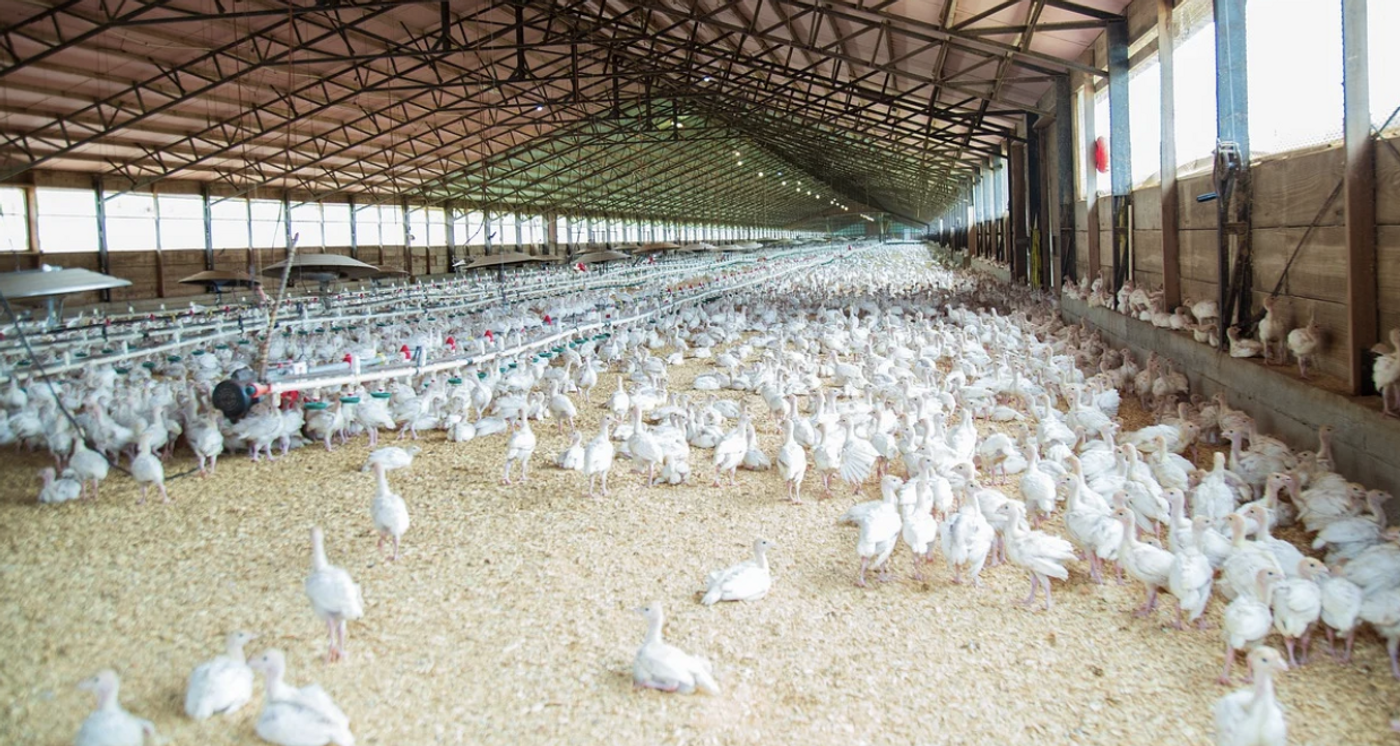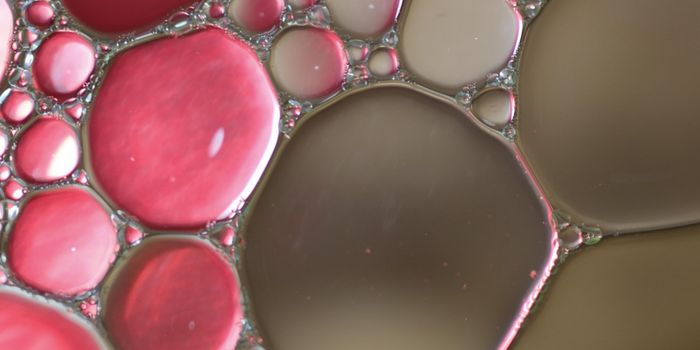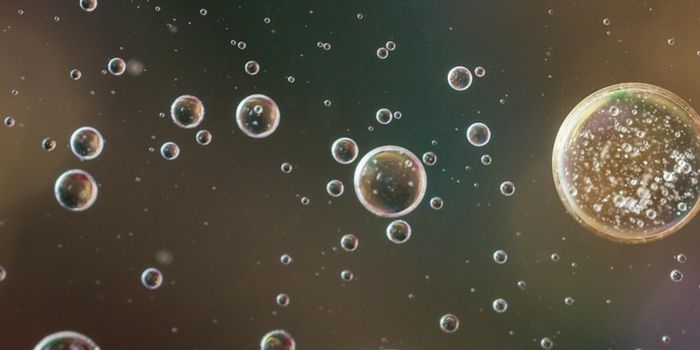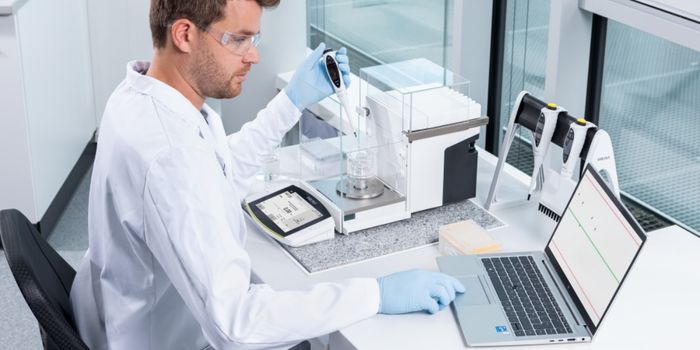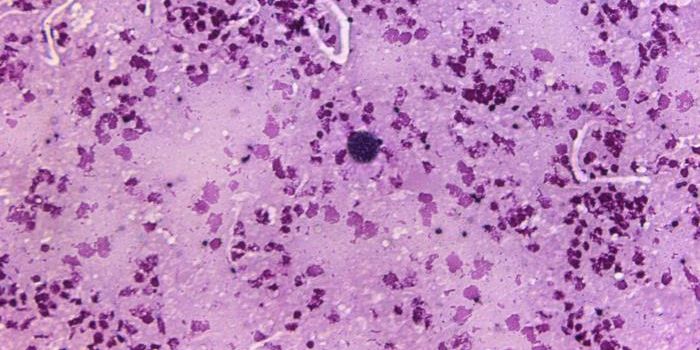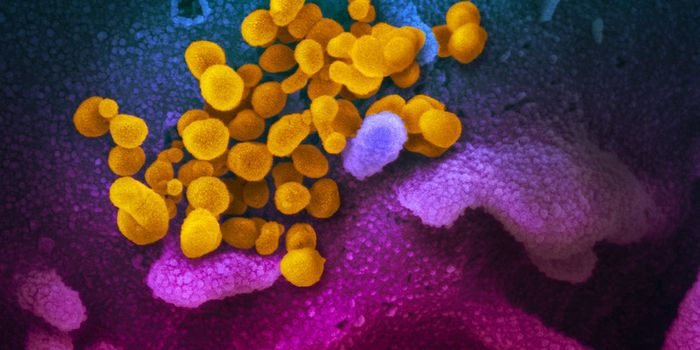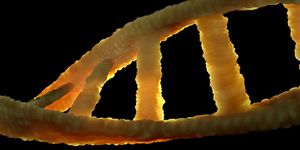How Good Bacteria Go Bad
Bacteria have colonized nearly every environment on Earth, including the human body. While most of the microbes we encounter are harmless, some can infect humans and cause serious illness. So how does a microbe go from harmless to harmful? Scientists took a look at a common gut microbe, Escherichia coli, to learn more about that transition. The work showed that in chickens, non-pathogenic E. coli gut bacteria are able to easily acquire genes, not from other microbes but from the environment, that can enable them to cause life-threatening infections in animals. These infections have the potential to move to humans; they could be zoonotic. The work has been reported in Nature Communications.
While the E. coli that live in animal and human intestines usually doesn't cause any problems, the bacteria must remain there; some strains of E. coli are harmless in the gut but if they move to the bloodstream they can lead to systemic, dangerous infections. Chickens may also harbor an infectious strain called avian pathogenic E. coli (APEC), which is the most common microbial infection in chickens that are raised for their eggs or meat. It can kill as many as 20 percent of the chickens it infects and can lead to major economic losses in agriculture. APEC has the potential to cause human disease as well.
In this study, the researchers assessed the genomic sequences of E. coli that were carried by both healthy and infected chickens that were reared at commercial poultry farms. The work showed that there was not one gene that leads to a change from harmless to harmful in these microbes. Instead, the change happens when a diverse group of genes is combined in a microbe.
Bacteria are able to easily acquire new genes in a process called horizontal gene transfer; they can take mobile pieces of DNA from dead bacterial cells, link up with another microbe and swap genes in a kind of bacterial sex, or pick up new DNA from viruses that infect bacteria and move from one to another. But microbes can also just grab the DNA that's around them, and apparently, that can be more problematic than we knew.
"Previously we thought that E. coli became pathogenic by acquiring specific genes from other bugs, often packaged in mobile elements called plasmids. But our study compared the genomes of disease-causing and harmless E. coli in chickens and found that they can 'turn bad' simply by picking up genes from their environment," explained study leader Professor Sam Sheppard of the Milner Centre for Evolution at the University of Bath.
"Bacteria do this all the time inside the guts of chicken, but most of the time the scavenged genes are detrimental to the bacteria so it becomes an evolutionary dead end. However, there are 26 billion chickens worldwide, representing around 70 percent of all bird biomass on earth. That increases the likelihood of bacteria picking up genes that could help the bacteria survive and turn infectious, or even jump species to infect humans," he added.
The researchers noted that strains that have the potential or likelihood to become pathogenic must become the focus of monitoring.
"We were surprised to find that it's not just a single strain that causes APEC, but any strain can potentially acquire the monster combination of genes needed to turn bad," said Sheppard.
It may be possible to easily identify E. coli strains that could be pathogenic with rapid sequencing methods that focus on searching for specific genes that might lead to an APEC infection.
"We identified around 20 genes that are common in pathogenic bugs and if we can look out for these key genes in a flock of birds, that would help farmers target those carriers before they cause a problem," said Sheppard.
Sources: Phys.org via University of Bath, Nature Communications
